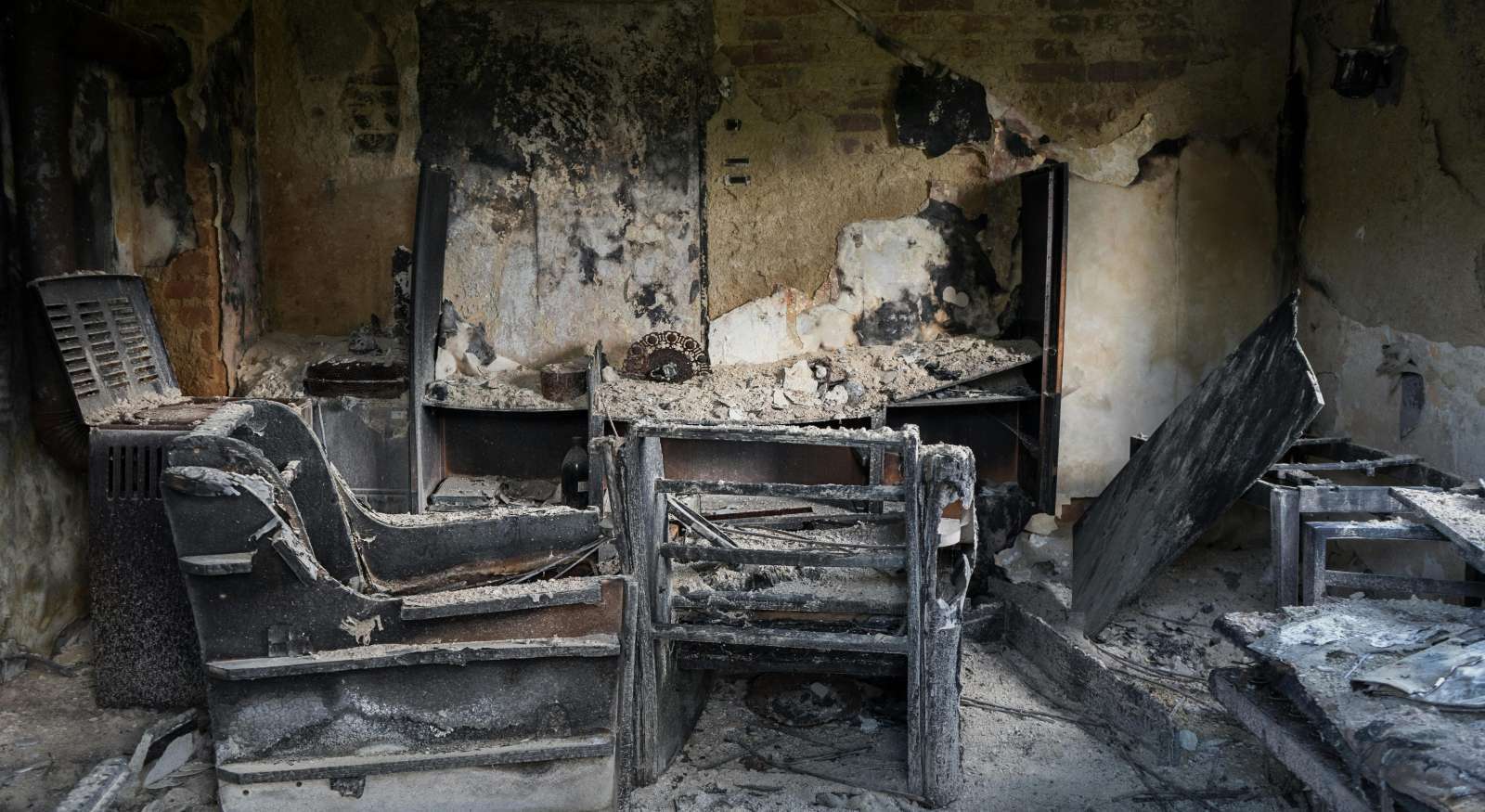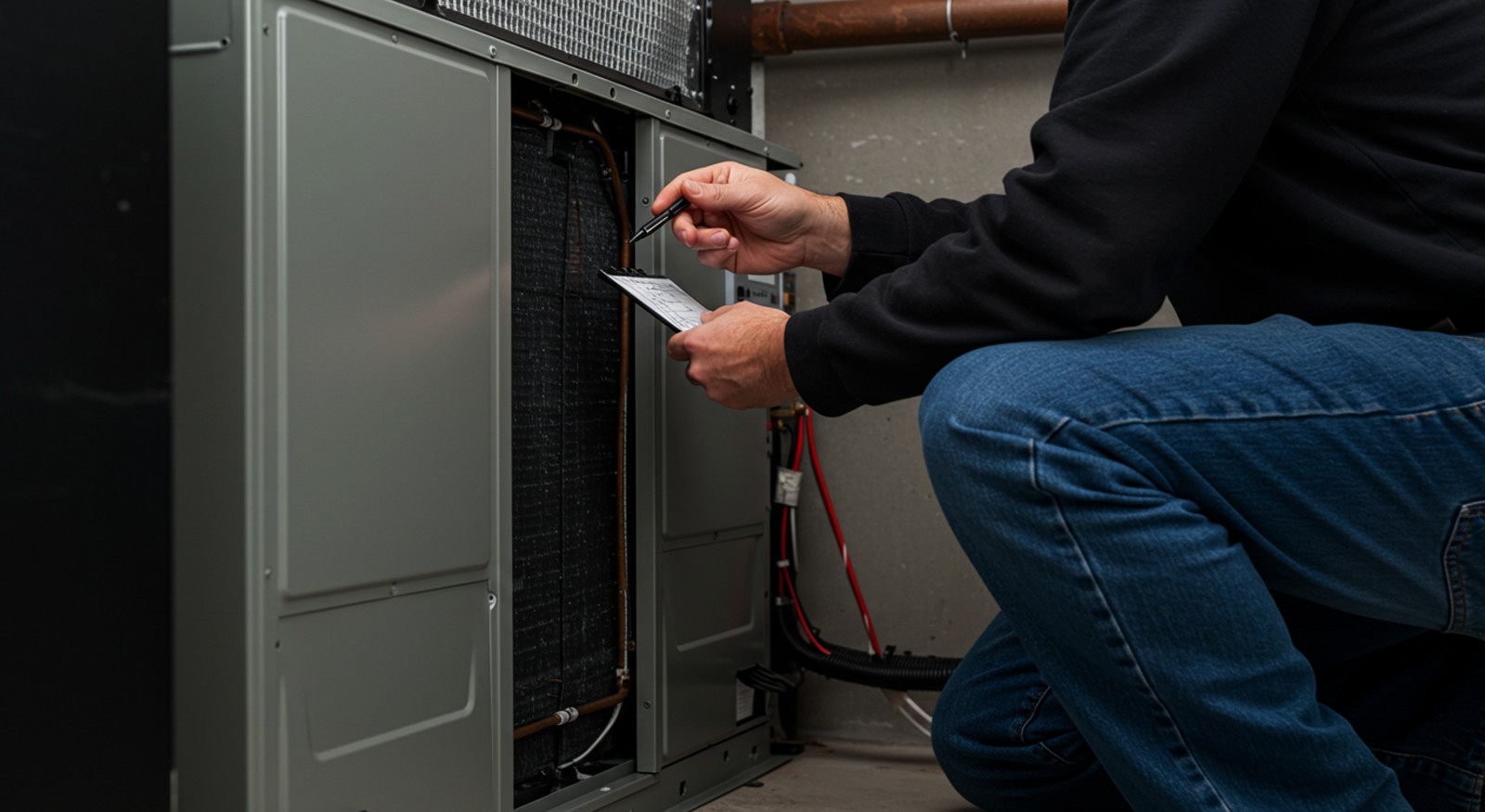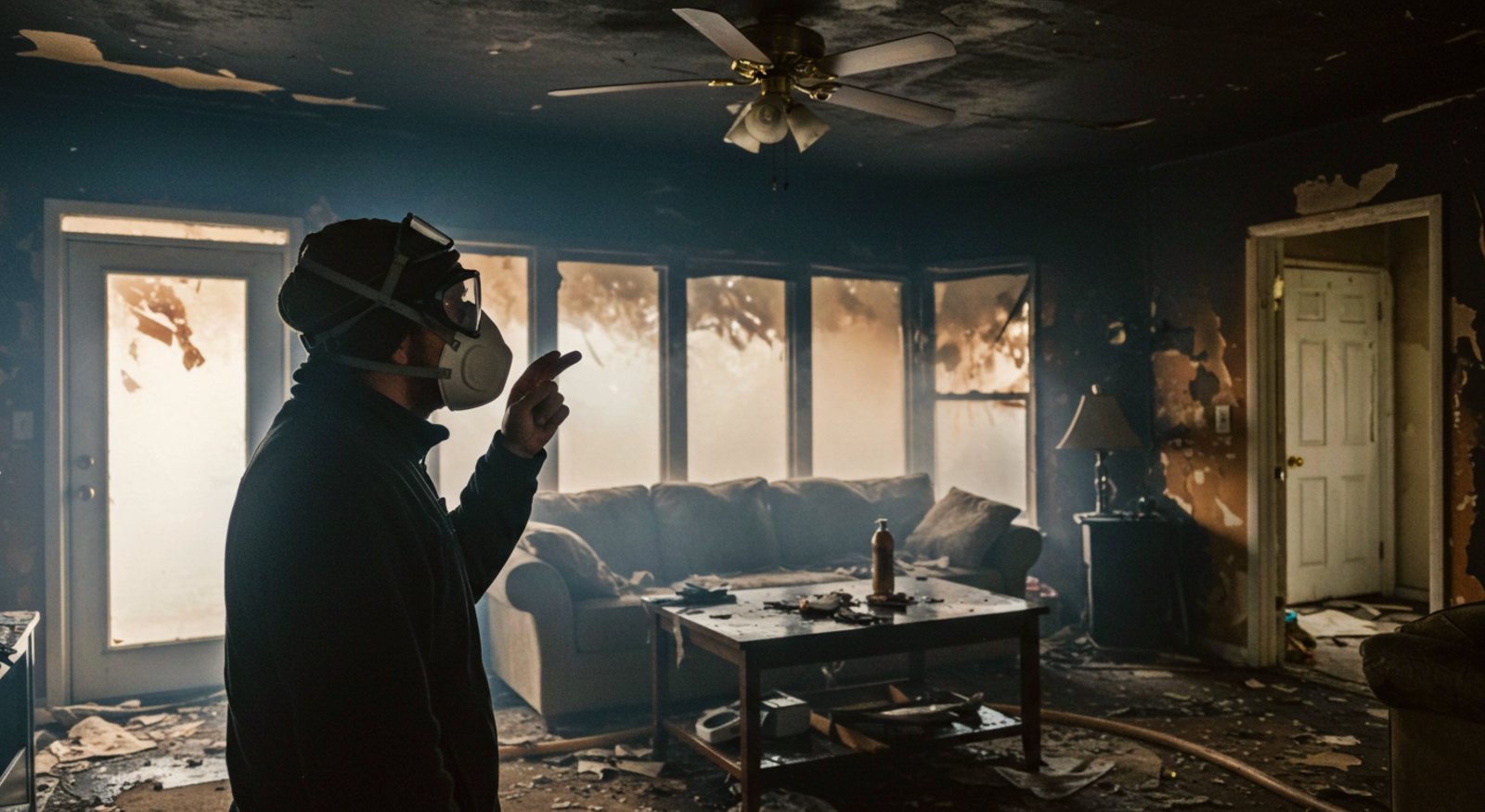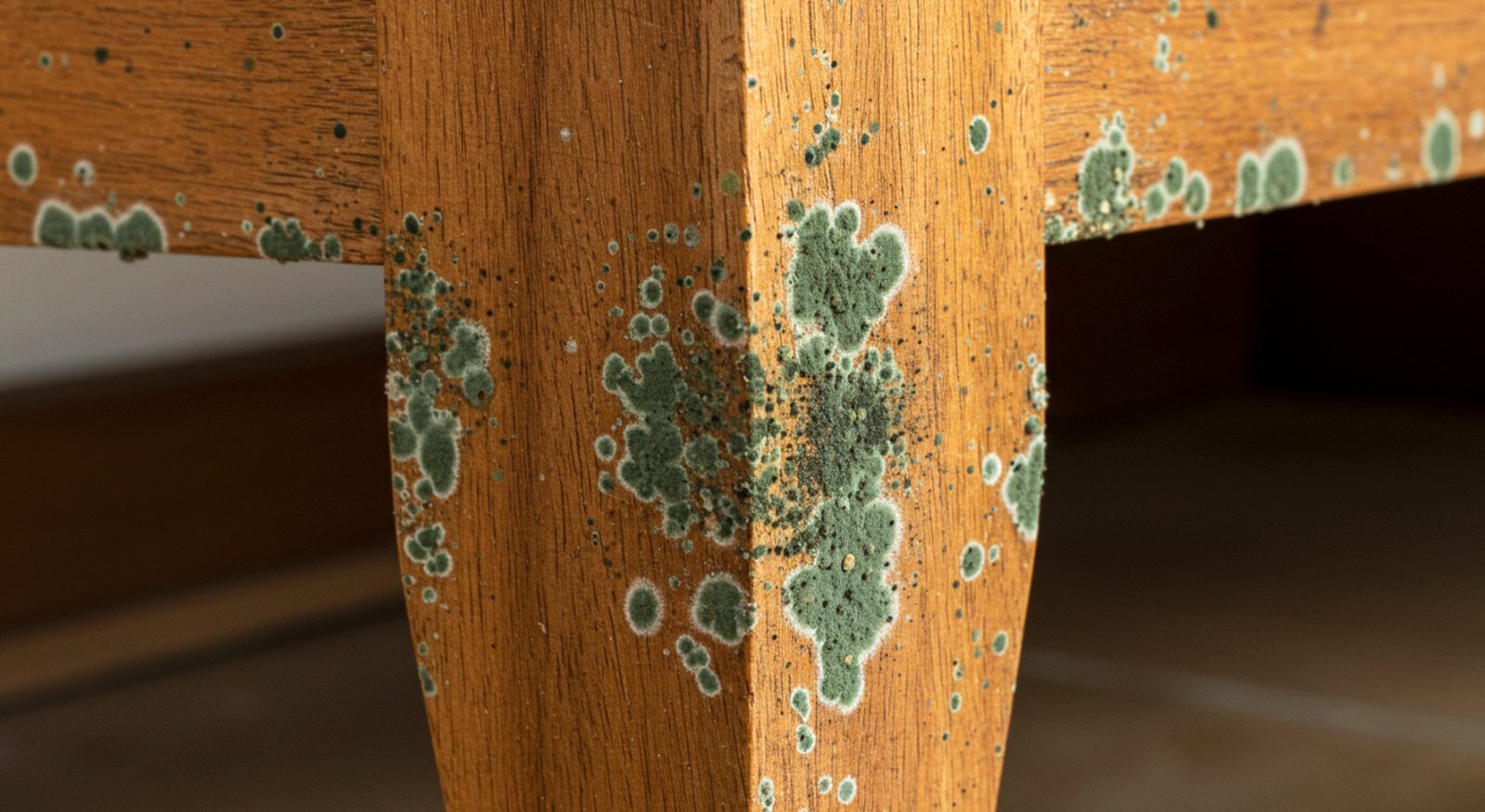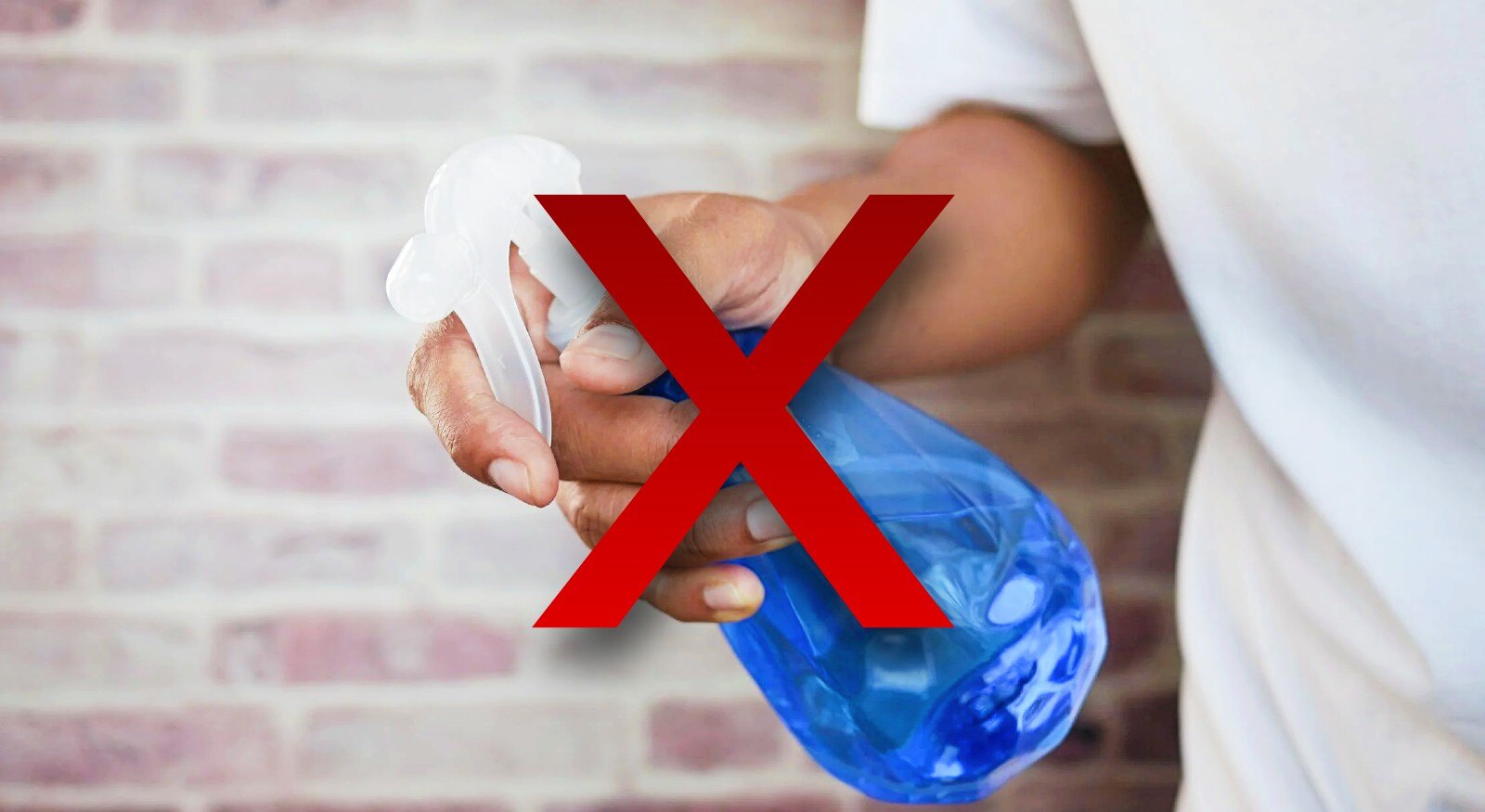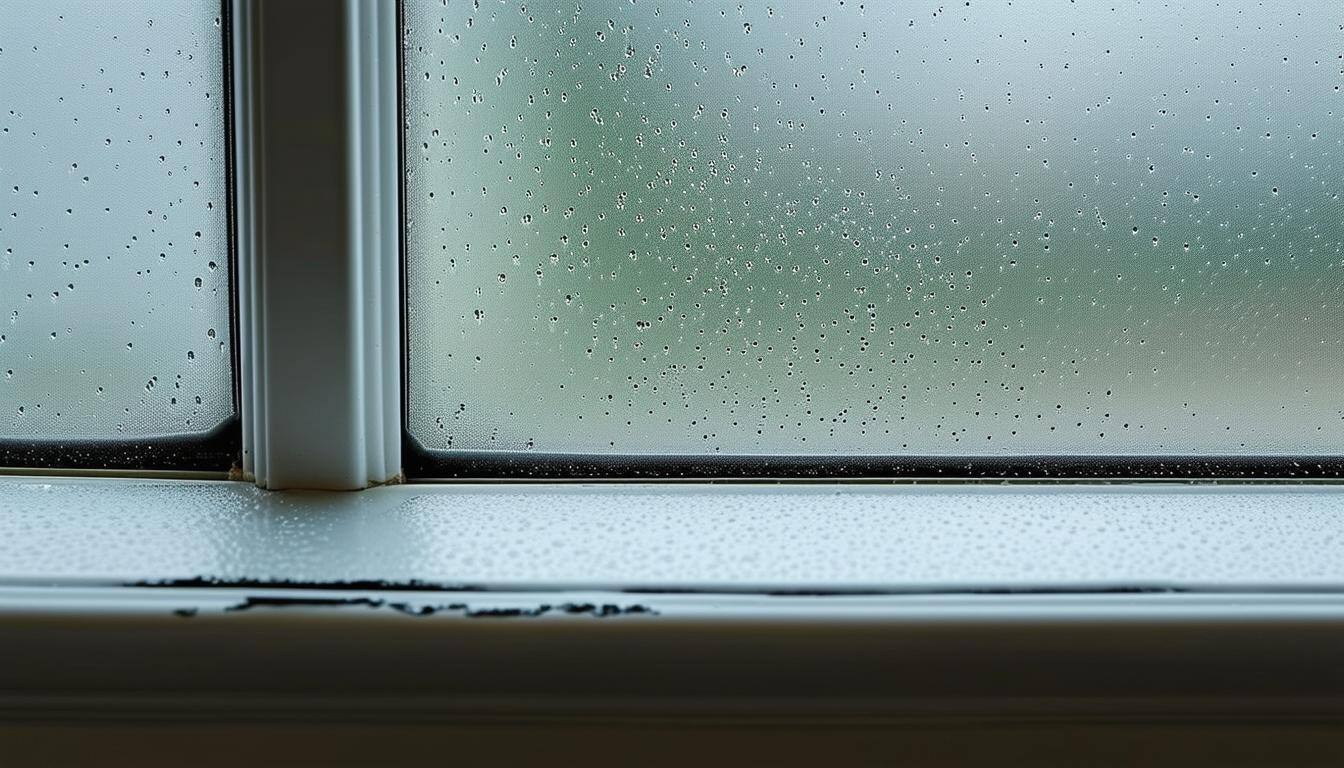Is Hidden Water Damage Ruining Your Home? 7 Signs You Shouldn't Ignore
October 29th, 2025
4 min read

Imagine walking into a room and being met with an unidentifiable odor, or perhaps spotting a new, subtle brown mark on your ceiling. While these details may seem insignificant and easy to dismiss, they could be indicators of a more serious, hidden problem.
Most people picture water damage as a burst pipe, a flooded basement, or a broken water heater. And while those moments are scary, the worst water damage is often invisible.
It's the slow drips, the sweating pipe, and the small, unnoticed leak that turns into rot, mold, and thousands of dollars in repairs. As a restoration company with over a decade of experience, we've seen that restoration work often misses these signs, which can lead to big trouble in the future.
If you've ever wondered whether your home might be hiding water damage, this guide is for you. Below are seven signs that could mean trouble, and what to do about them before it's too late.
1. A Musty Smell That Won't Go Away
Is there a musty, earthy smell you just can't seem to get rid of? And no, we are not talking about some "old house scent." This is likely the first clue that something is wrong.
When you get a whiff of a musty odor, it's usually caused by mold growth. It doesn't matter if you can't see it; if you smell it, it's probably there. Mold tends to thrive in dark, poorly ventilated spaces, including under sinks and in crawl spaces.
If you've cleaned and aired out the room but the smell keeps coming back, trust your nose. It's your home's way of saying, "There's moisture here."
2: Unexplained Spikes in Your Water Bill
Did your water bill suddenly spike, even though you haven't done anything different this last month? Well, that's a major red flag.
A hidden leak could be letting water escape from somewhere you can't see. The leak may be under your foundation, behind a wall, or in a wall cavity. It could be a constantly running toilet that you missed. Even a small drip adds up over time, both in gallons and dollars.
By keeping an eye on your monthly bill, you can prevent a mess. If it jumps by 20% or more without an apparent reason, it's time to investigate. You can call a plumber to fix any leaks or have a professional moisture inspection if you can't locate the source.
3: Staining, Peeling, or Bubbling on Walls and Ceilings
Walk slowly through your home and take a close look at your walls and ceilings. Do you see any yellow or brown stains? Is the paint peeling, bubbling, or cracking?
When water seeps into the drywall, it can cause the paint to bubble, peel, crack, or flake because it can no longer properly stick to the surface. This is a clear signal that the wall itself is wet.
This creates the perfect environment for mold growth. According to the U.S. Environmental Protection Agency (EPA), water-damaged areas need to be dried within 24-48 hours to prevent mold growth.
4: Warped, or Soft Spots on Your Flooring
If your floor is not solid and flat but is changing shape, that's a big clue that water is underneath. Different types of flooring will react differently.
- Hardwood floors might start to warp or "cup," where the edges rise higher than the center.
- Laminate flooring, on the other hand, can swell, bubble, or peel at the seams.
- Vinyl or linoleum floor might feel soft, spongy, or squishy when you walk across it. This usually means the subfloor has absorbed water and might be rotting.
Some people dismiss these changes in their flooring as normal "settling", but this is a terrible idea. Slow leaks, leaky pipes, or a crack in the foundation can permanently damage your flooring and even promote mold growth.
5: A "Sweating" or Constantly Running Toilet
This is one of the most common and easy-to-overlook sources of hidden water damage. Take a closer look at your toilet. Do you notice the base of your toilet feels damp? Or you may see a little rust around the bolts. If so, there might be trouble.
More often than not, this is due to a failing wax ring, the seal that connects the toilet to the drainpipe. Every time you flush, a small amount of water can seep out and get absorbed by the subfloor. Over the years, this slow leak can completely rot out the floor and the support joists beneath it, leading to a massive and expensive structural repair.
You might not see the damage until it's serious. If you notice any dampness around the toilet base, have it checked right away.
6: Small Mold Spots on Walls or Ceilings
A few tiny black spots on a wall might not seem like a big deal, but they can be a warning sign. Whether you find them on the wall behind the toilet or on the ceiling in the corner of a room, they are a clear sign of mold growth.
To grow, mold needs moisture, so the visible part indicates that a water source is behind it. Wiping it away with bleach may make it look better for a day, but it doesn't fix the leak or stop the growth. The EPA recommends contacting a professional mold remediation company if the mold patch is larger than a three ft. by three ft. patch.
They will start by locating the source of the water, fixing it, and then proceeding with the remediation process. This will prevent it from coming back.
7: Rust on Pipes or Around Your Water Heater
Take a few minutes to check the pipes under your sinks, behind your washing machine, and around your water heater. Do you see any rust or corrosion?
If so, that means water has been dripping there for a while. It may seem minor, but rust is a sure sign of a slow, ongoing leak. Left alone, that leak can burst and flood your space.
Rusty pipes and fittings should never be ignored: They are your home's way of telling you to get help. Call a plumber to deal with the issue before it's too late.
You Found the Signs... Now What?
While we understand the urge to handle small repairs on your own, if you find any of these signs, it's time to call in the experts. Whether you call a plumber, a water damage restoration expert, or a mold remediation company, you are not alone.
Professionals will focus not on the symptoms but on finding the root of the problem. Experts have access to tools like moisture meters and thermal cameras to see inside your walls and floors without tearing them open. They can pinpoint exactly where the leak is coming from and stop it before it spreads.
Water damage doesn't have to take you by surprise. If you've noticed a musty smell, unusual stains, or a sudden spike in your water bill, now is the time to act. The sooner you respond, the more you can save.
Call Restore-It today or schedule a professional moisture inspection online. We'll find the source, stop the leak, and help you restore your home, for good.
Your home deserves to be safe, dry, and worry-free. Let's make that happen together!
Topics:












